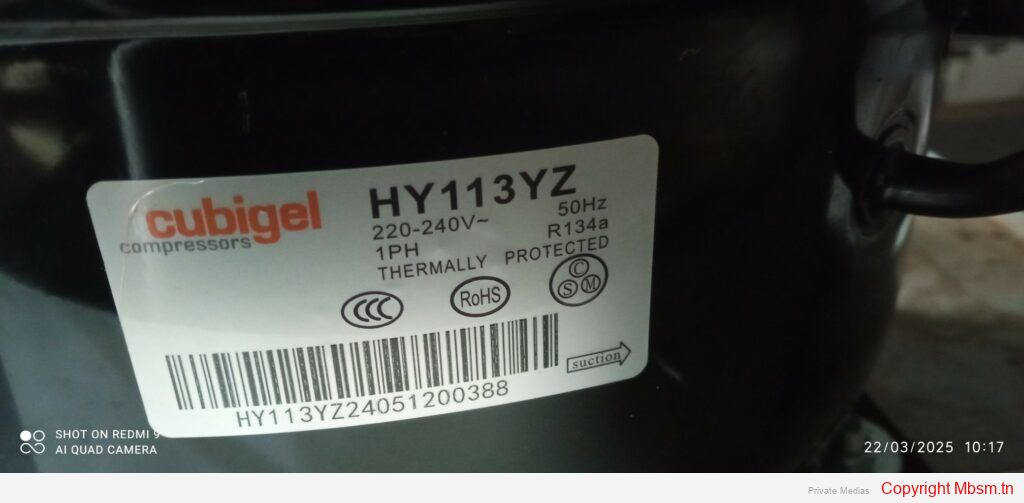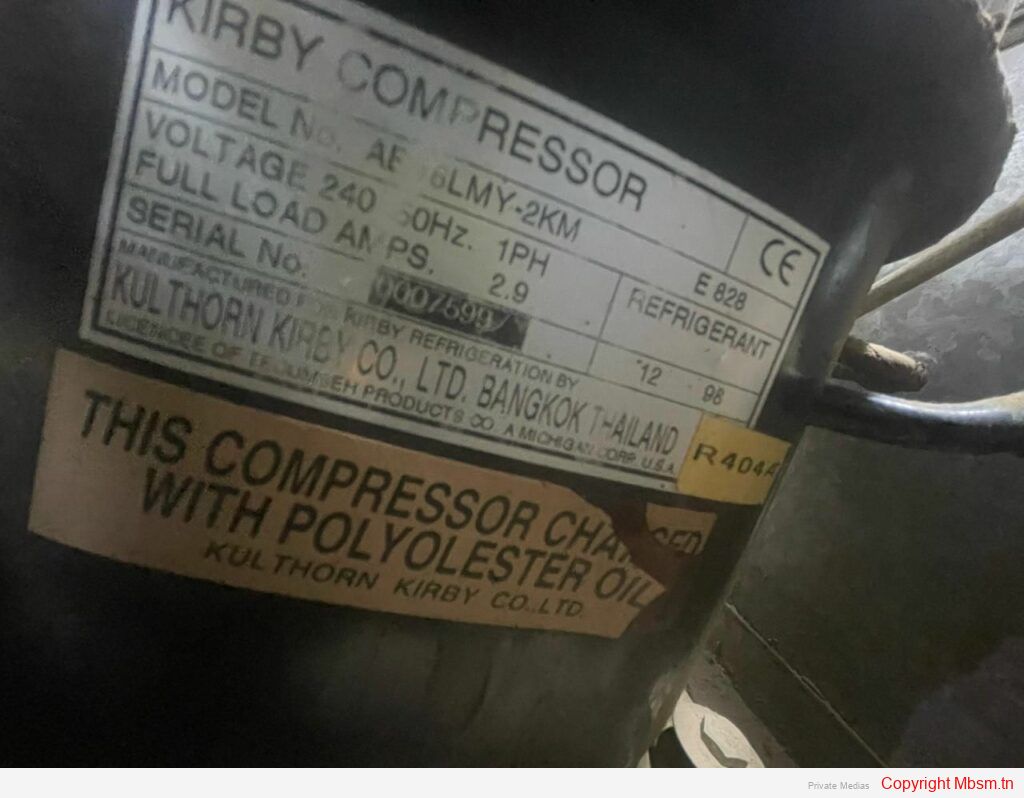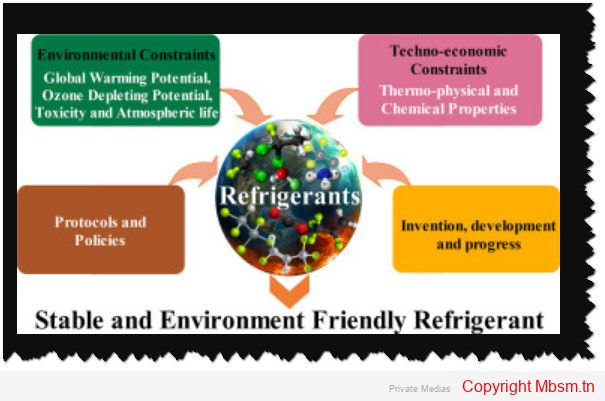Understanding the Differences Between R134A and R600A in Refrigeration Systems
In the realm of refrigeration, selecting the right refrigerant is crucial for efficiency, environmental impact, and safety. Two commonly used refrigerants are R134A and R600A, each with distinct properties and applications. This article delves into their differences, advantages, and disadvantages to help you make informed decisions in refrigeration systems.
Chemical Composition
- R134A: Also known as tetrafluoroethane, R134A is a synthetic refrigerant composed of carbon, fluorine, and hydrogen atoms. Its chemical formula is CF3CH2FCF3CH2F 1.
- R600A: In contrast, R600A (isobutane) is a naturally occurring hydrocarbon with a simpler structure, consisting of only carbon and hydrogen. Its chemical formula is C4H10C4H10 1.
Efficiency and Performance
- Cooling Efficiency: R600A is known for its superior cooling performance compared to R134A. Systems utilizing R600A can achieve the same cooling effect with less energy consumption, making it a more efficient option 13.
- Pressure Characteristics: R600A operates at lower evaporating and condensing pressures than R134A. This characteristic can lead to reduced energy requirements for compressors when using R600A 3.
Environmental Impact
- Global Warming Potential (GWP): One of the most significant differences between these two refrigerants lies in their environmental impact. R134A has a GWP of 1430, meaning it has a considerable potential to contribute to global warming. In contrast, R600A boasts a GWP of just 3, making it an environmentally friendly choice 12.
- Ozone Depletion Potential (ODP): Both refrigerants have zero ODP, meaning they do not harm the ozone layer. However, the low GWP of R600A makes it a preferred option in light of increasing environmental regulations 2.
Safety Considerations
- Flammability: A critical safety distinction is that R600A is flammable (classified as A3), which poses risks if not handled properly. Systems using R600A must be designed with safety measures to mitigate fire hazards. On the other hand, R134A is non-flammable and classified as A1, making it safer in terms of fire risk 13.
- Solubility and Compatibility: R134A has higher solubility in water compared to R600A, which can lead to corrosion issues in refrigeration systems if moisture is present. In contrast, R600A has good compatibility with most metals used in refrigeration systems 13.
Applications
- R134A: Commonly used in automotive air conditioning systems and various commercial refrigeration applications due to its stability and safety profile.
- R600A: Often found in domestic refrigerators and freezers due to its efficiency and lower environmental impact. Its use is becoming more prevalent as manufacturers seek eco-friendly alternatives 23.
Conclusion
In summary, while both R134A and R600A serve vital roles in refrigeration systems, their differences are significant. R600A offers higher efficiency and a much lower environmental impact but comes with flammability risks that must be managed. Conversely, R134A provides a safer profile but at the cost of higher energy consumption and greater environmental concerns.As industries continue to shift towards sustainable practices, understanding these differences will be essential for choosing the right refrigerant for specific applications. This article provides an overview of the key differences between R134A and R600A in refrigeration systems, highlighting their chemical properties, efficiency, environmental impact, safety considerations, and applications.






